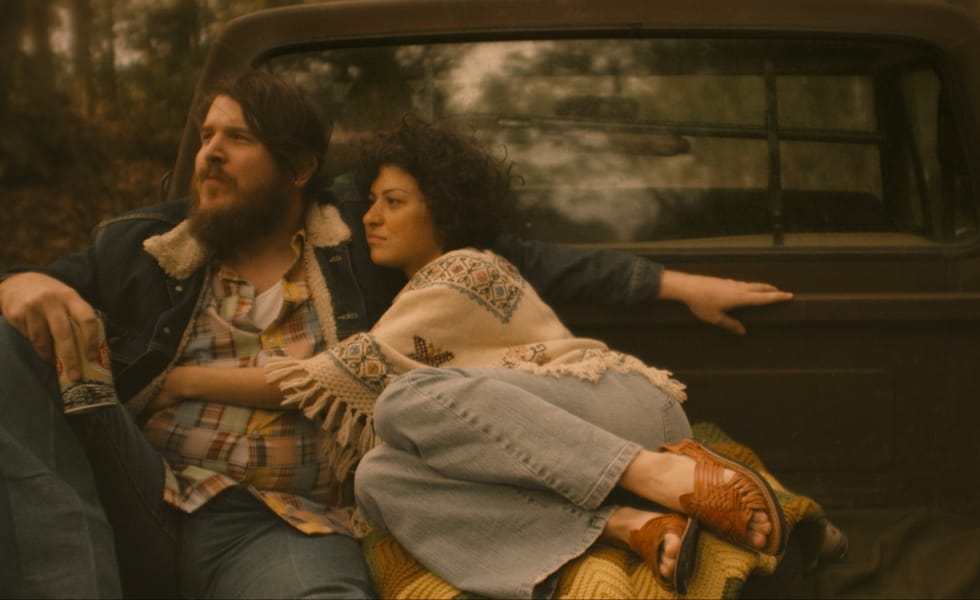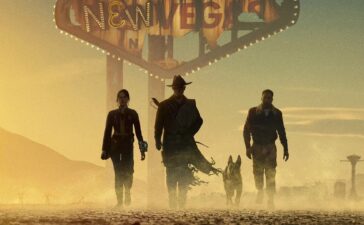For decades, Australian cinema has stood at the intersection of rugged individualism and quiet introspection. From the vast outback landscapes of Crocodile Dundee to the suburban melancholy of The Castle and the raw intensity of Animal Kingdom, the nation’s filmmakers have consistently punched above their weight. Yet, despite critical acclaim and festival success, the industry struggled to turn local pride into commercial sustainability. That is, until streaming changed everything.
From Box Office Battlegrounds to Digital Revival
Historically, the Australian box office has been dominated by Hollywood imports. Even domestic hits like The Sapphires or Red Dog rarely managed to compete with global franchises. Local distribution networks were limited, marketing budgets were small, and audiences often preferred American blockbusters over homegrown fare.
The arrival of streaming services in the 2010s — led by Netflix, Stan, Amazon Prime Video, and later Disney+ and Binge — marked a seismic shift. For the first time, Australian filmmakers could bypass the traditional cinema bottleneck and bring their stories directly into people’s homes. This democratization of distribution gave Australian cinema a new platform to thrive — not just as “art house exports,” but as binge-worthy cultural exports.
Platforms like Stan, in particular, embraced the local industry early. Originals such as Wolf Creek (the series adaptation), Bloom, and No Activity demonstrated that high-quality Australian storytelling could flourish on streaming. Netflix followed suit, commissioning Heartbreak High (2022) and Boy Swallows Universe (2024), each of which earned both local affection and international attention.
The Indie Renaissance
Beyond the big players, streaming has ignited a renaissance for Australia’s indie filmmakers. With platforms like SBS On Demand and ABC iview, niche and experimental films that would have struggled for theatrical release now find eager audiences. These platforms have become incubators for creative risk-taking, allowing new voices to emerge from diverse backgrounds.
Filmmakers such as Warwick Thornton (Sweet Country), Leah Purcell (The Drover’s Wife: The Legend of Molly Johnson), and Del Kathryn Barton (Blaze) have leveraged digital distribution to reach audiences far beyond the arthouse circuit. The online environment enables filmmakers to retain artistic control, connect directly with fans, and use data analytics to understand audience behaviour — something unimaginable in the analogue age.
It’s also where the experience of streaming online in Australia has evolved from a niche pastime into a cultural mainstay — one that connects local audiences with distinctly Australian stories while simultaneously exporting those stories abroad. Streaming platforms have blurred the line between cinema and television, fostering a hybrid storytelling ecosystem that feels both cinematic and serialised.
The Global Stage Opens
Streaming has also torn down geographic barriers. Australian productions once had to rely on film festivals or limited overseas releases to reach global audiences. Now, with the click of a button, a viewer in London or Los Angeles can discover The Dry or Blueback alongside American prestige dramas.
The success of Heartbreak High on Netflix is a perfect case study. Reimagining the 1990s classic for a new generation, it resonated deeply with Gen Z audiences worldwide. The show’s unapologetic Australian identity — its slang, humour, and diversity — became its unique selling point rather than a cultural barrier. It proved that “local” could also be “global” when authenticity is paired with accessibility.
Meanwhile, streaming giants have increasingly turned to Australian locations and crews for international productions. Disney’s Thor: Ragnarok and Marvel’s Shang-Chi were both shot in Sydney, while Netflix’s The Stranger and Clickbait employed local talent. The country’s blend of skilled crews, government incentives, and breathtaking scenery has transformed it into a production hub — not just for homegrown content, but for Hollywood’s streaming ambitions too.
Challenges in the New Era
However, the digital transformation is not without its pitfalls. While streaming offers accessibility and reach, it also reshapes power dynamics in ways that can disadvantage smaller creators. Many streaming contracts include restrictive terms that limit filmmakers’ residuals or international rights. Moreover, the algorithms that determine what gets promoted often favour formulaic, high-engagement content over riskier, auteur-driven films.
There’s also concern over visibility. In a sea of global content, Australian films risk getting buried without sufficient marketing. The challenge for national institutions like Screen Australia and state film bodies is to ensure that local content doesn’t merely survive in the digital ecosystem but stands out.
The government’s introduction of local content quotas for streaming platforms — expected to take full effect in 2025 — could help address this. Similar to the old television quotas, these rules will require major streamers to invest a minimum percentage of their Australian revenue back into local productions. The move is designed to secure long-term sustainability and preserve cultural identity in an increasingly globalized media landscape.
A New Golden Age on the Horizon
Despite these challenges, there’s no denying that Australian cinema is entering a golden age — one that exists not in traditional theatres, but in the digital cloud. The stories are just as bold, the landscapes just as striking, and the voices just as distinct. But now, they travel farther and faster than ever before.
The future lies in embracing hybridity: feature films that double as limited series, theatrical releases that expand into interactive experiences, and cross-platform storytelling that merges cinema, streaming, and even gaming.
For a country that has long fought to balance artistic integrity with commercial viability, streaming offers a rare synthesis — a space where creativity meets scalability. As Australian creators continue to harness these tools, the dream that once flickered in dark theatres now streams, vividly alive, on screens across the world.
In the end, Australian cinema hasn’t lost its soul in the shift to streaming — it’s simply found a new way to project it.





